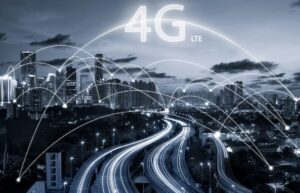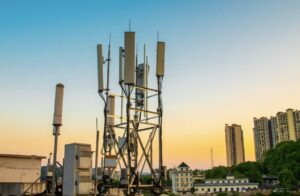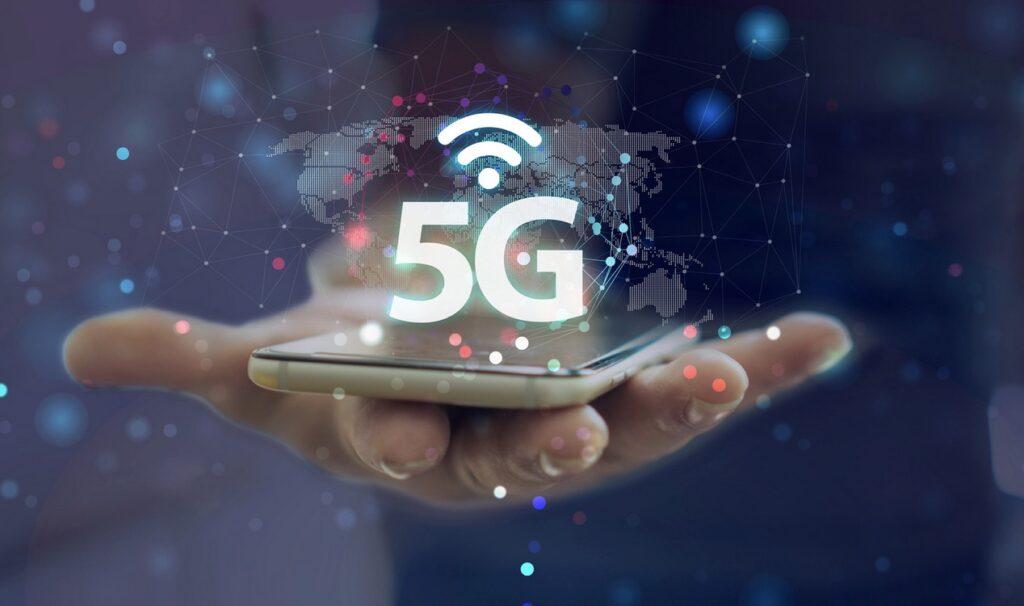Understanding 4G Technology
Delving into the knowledge base of 4G technology, it’s vital to recognize 4G as a significant forerunner that paved the path for the anticipated 5G technology.
4G, known as fourth-generation technology, presented a number of distinguishable attributes. These included high data speed, enhanced voice quality, and promulgation of Long Term Evolution (LTE) technology.

- High Data Speeds: 4G provided high-speed data transfer rates, ameliorating internet browsing and streaming activities. For instance, downloading a full-length movie, which could take hours on 3G services, could be completed in minutes with 4G.
- Enhanced Voice Quality: By prioritizing data over voice, 4G significantly enhanced the voice call quality. One could enjoy crystal-clear voice calls, eliminating background noises and reducing call-drops.
- Emergence of LTE: A noteworthy achievement of 4G was the LTE technology. Offering even higher speeds, LTE came to be known as ‘true 4G’. This technology provided steadfast seamless service, widely enhancing user experience.
Introduction to 5G Technology
Moving forward from our jaunt into 4G and its revolution in internet services and communication, it’s time to venture into the world of 5G technology. Serving as the foundational bedrock of future connectivity, 5G illuminates advanced possibilities and transformative capabilities. As we take a deeper dive, you’ll get acquainted with the 5G advancements over 4G and unveil the potential impacts and use cases of 5G.
Advancements in 5G Over 4G
Pushing limits, 5G shows superiority over 4G in several integral aspects. It offers download speeds of up to 20 Gigabits per second, in contrast to 4G’s peak speed of 1 Gigabit per second. Such leaps in speed alter data processing, from downloading ultra high-definition (UHD) videos in seconds, rather than minutes, to instantaneous information retrieval.

Further advances see 5G outperforming 4G in network latency. A typical network latency for 4G could be around 50 milliseconds (ms), but 5G aims to cut this down to a mere 1 millisecond. This latency reduction holds potential in real-time applications, demanding quick data processing and decision making.
5G also sports a different network architecture compared to 4G. Its architecture supports a more heterogeneous network, allowing multiple new technologies like software-defined networking (SDN), network functions virtualization (NFV), and mobile edge computing (MEC) to work together, contributing to higher capacity, lower latency, and more reliable connections.
How Does 5G Technology Compare with 4G Technology?
Continuing the discussion from the previous sections, let’s delve further into the specific performance parameters of 4G and 5G technologies, particularly examining speed and latency, and network reliability and coverage.
Speed and Latency

One finds, when comparing, that 5G technology greatly surpasses 4G in terms of speed and latency. The potential download speeds of 5G clock in at an astounding 10 Gigabits per second (Gbps), dwarfing 4G’s peak speeds of 100 Megabits per second (Mbps). In other words, 5G’s speed is a whopping 100 times faster than that of 4G, meaning multimedia and heavy data applications operate significantly faster and smoother.
With an ultra-low latency rate of just 1 millisecond (ms) as compared to 4G’s latency rate of 50 ms, 5G ensures fewer delays, making it ideal for real-time applications such as online gaming, VR/AR technologies, and autonomous vehicle systems.
In regards to latency, often likened to the response time between a user’s action and a web application’s reaction, it’s seen that 5G emerges as a champion.
Network Reliability and Coverage
Insurance of network reliability and coverage, two other essential aspects of wireless communication, also marks significant advancements with 5G. Unlike 4G, 5G utilizes a distributed cloud-based system which substantially improves both reliability and coverage. This system design allows for flexibility and scalability in the network implementation process, enhancing the ability to provide stable and widespread network coverage.
Moreover, 5G’s use of beamforming technology, which focuses the signals directly towards the devices rather than broadcasting in various directions, it boosts the strength and reliability of the signals wherever the users are located.
Additionally, mission-critical applications, such as remote surgeries or robotic manufacturing, demand high levels of reliability—a feature finely tuned in 5G networks. With a network reliability of 99.999%, users can rest assured that 5G will deliver consistent and dependable performance, outshining 4G’s reliability metrics.
By carefully inspecting these performance comparisons, one can understand the massive step forward that 5G represents over 4G technology, catalyzing transformative changes across industries and offering profound opportunities for both consumers and businesses.

